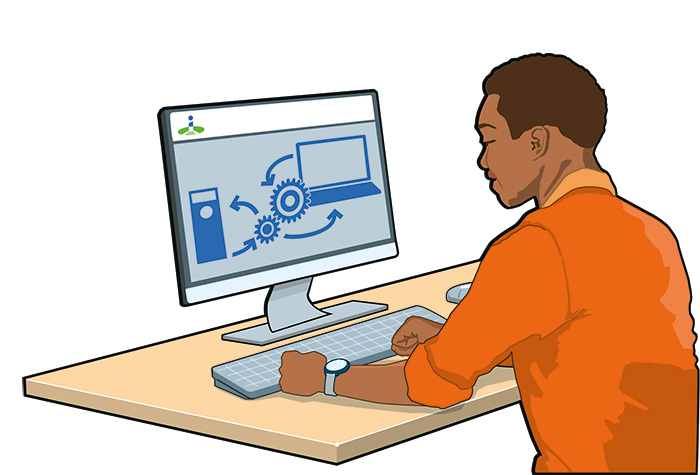What is two-factor authentication?
Two-factor authentication (2FA), two-step verification, and multi-factor authentication (MFA) are terms often used interchangeably. Technically, they differ from each other, but you use these methods to make access to accounts and digital systems more secure.
There are situations where, as a business owner, you want to implement an extra layer of control. For example, when accessing systems that are essential for your business operations. Typically, your administration, order system, or backup files are worth protecting thoroughly. You want to be sure that the person requesting access is indeed who they claim to be (authentication).
You gain more certainty about this through two-factor authentication. You can authenticate someone by:
- Asking what they know: a code or password.
- Checking what they have: access to a specific phone number or email address.
- Verifying who they are: a unique biometric feature such as a fingerprint or face.
With two-factor authentication, you might, for example, request a personal attribute or use another channel that you know the authorized person has as a second step when logging in. For instance, banks require an access code and a numerical code received via a smartphone app or 'identifier' for access to your online account. This makes it much harder for unauthorized individuals to gain access.
The importance of the system justifies the extra access requirements you impose. Which information or application is crucial for your business? How easy is it to gain access if login or PIN codes fall into the wrong hands? Where is extra protection with two-factor authentication or two-step verification necessary?





